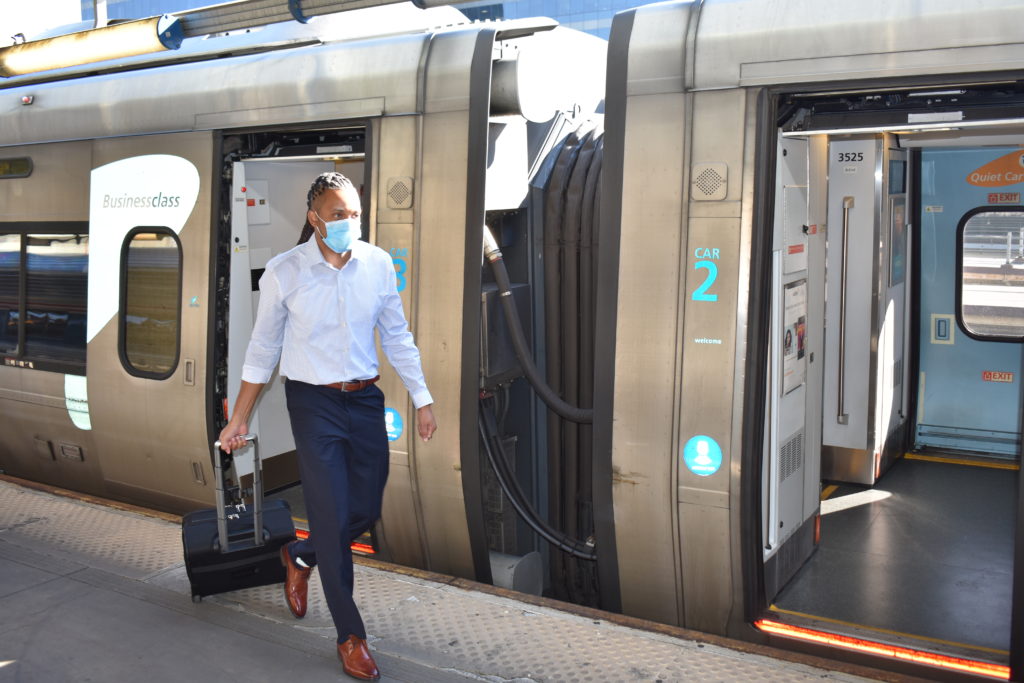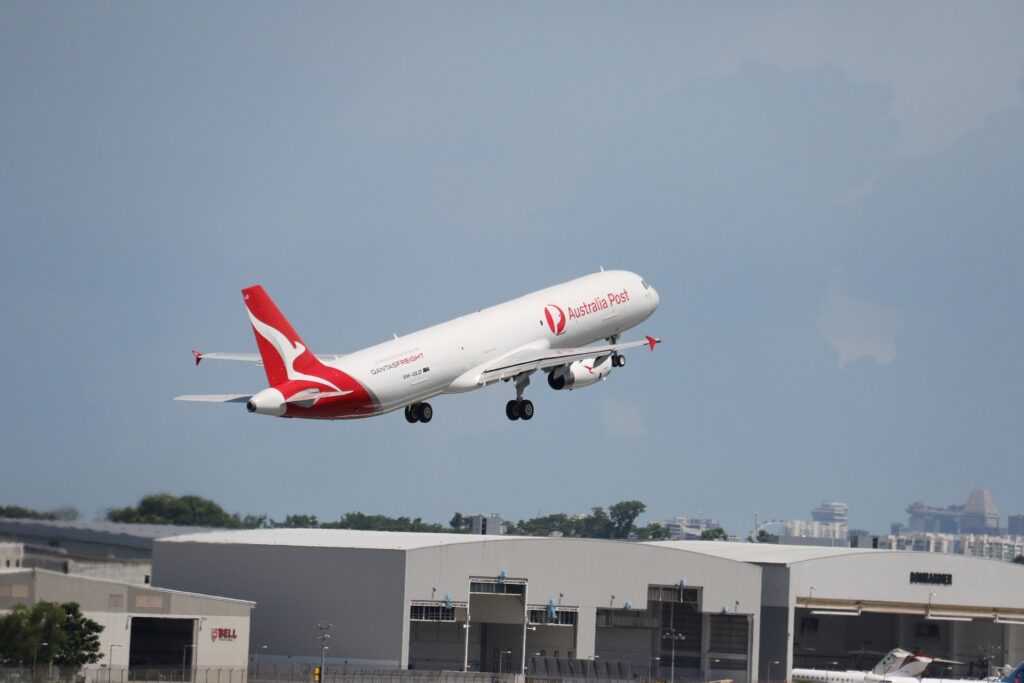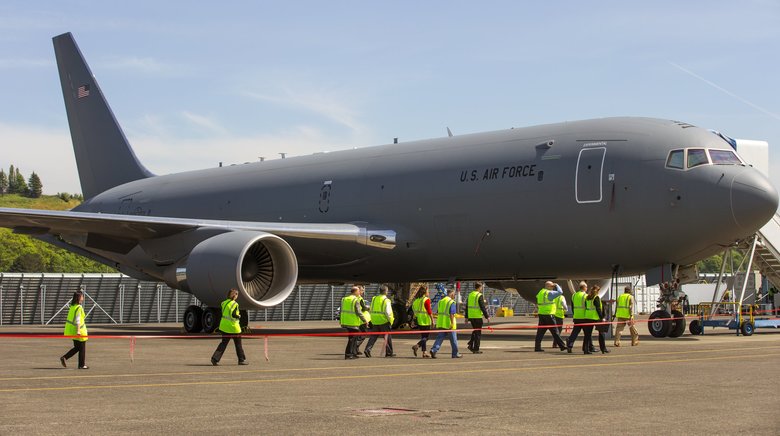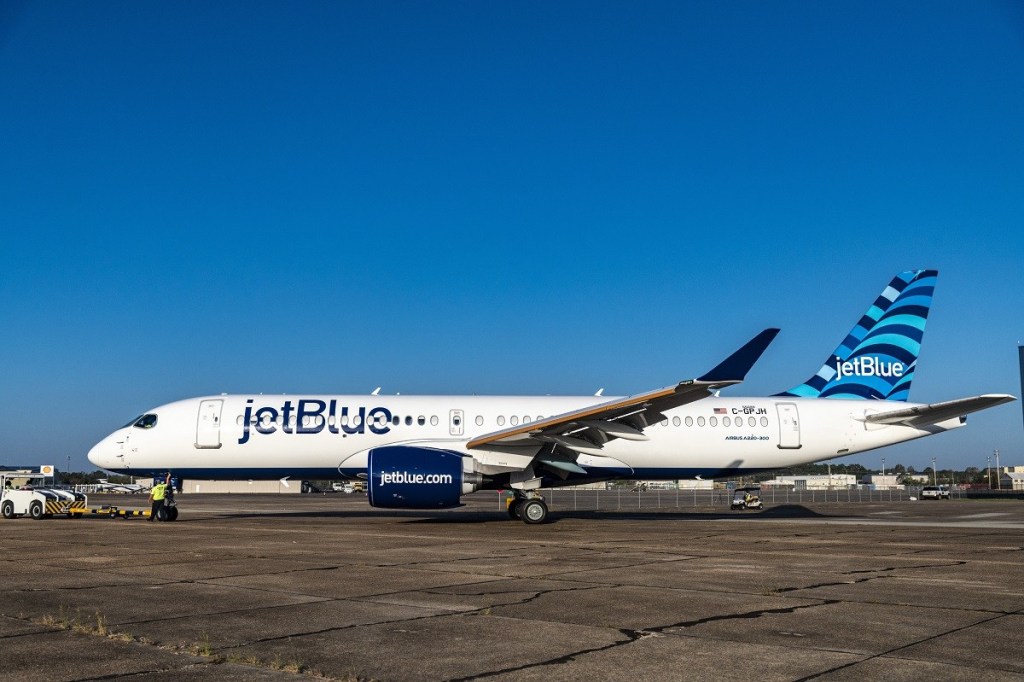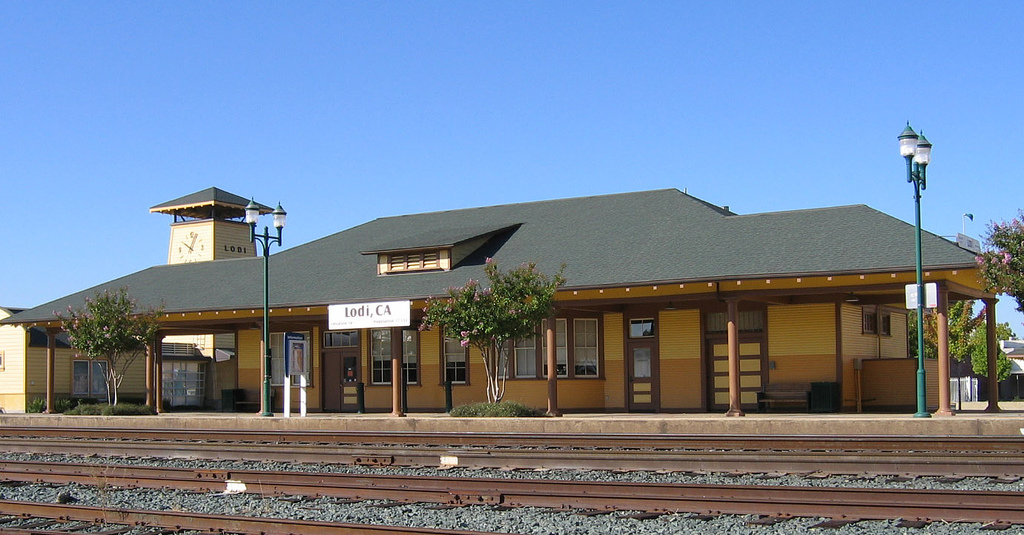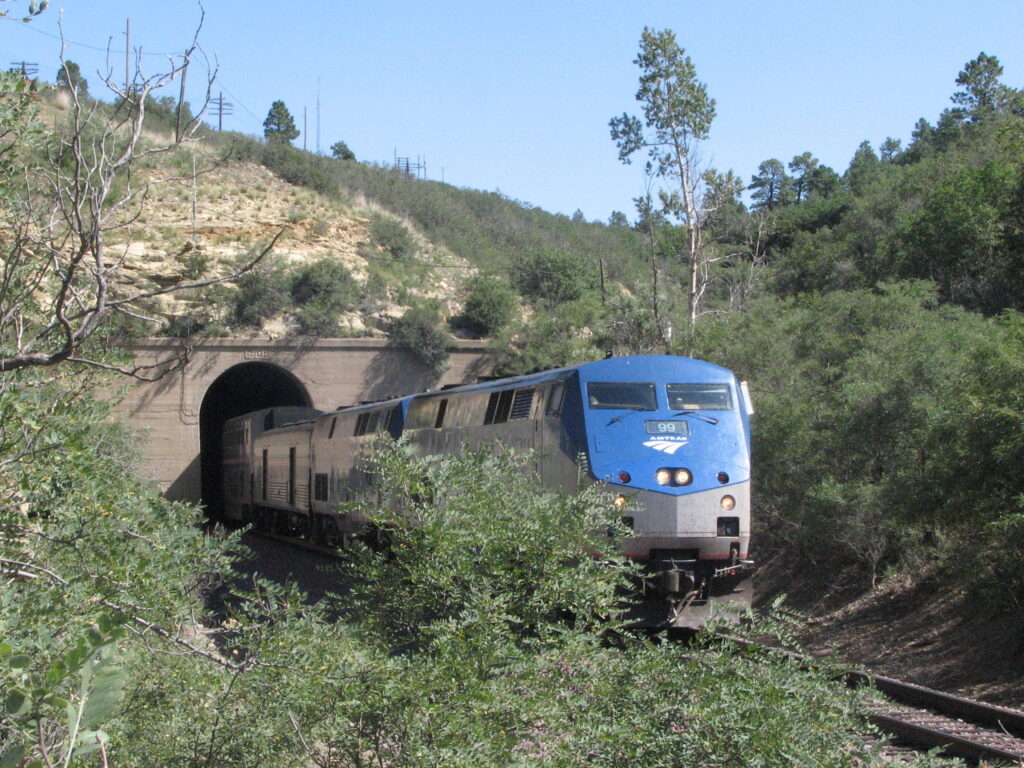Amtrak Celebrates 20 Years of Acela Travel with $20 Fares
To commemorate 20 years of Acela service throughout the Northeast Corridor (NEC),Amtrak is Acela-celebrating by offering customers the opportunity to travel on its premium product one way in Business class for only $20 from anywhere between Boston and Washington,…
